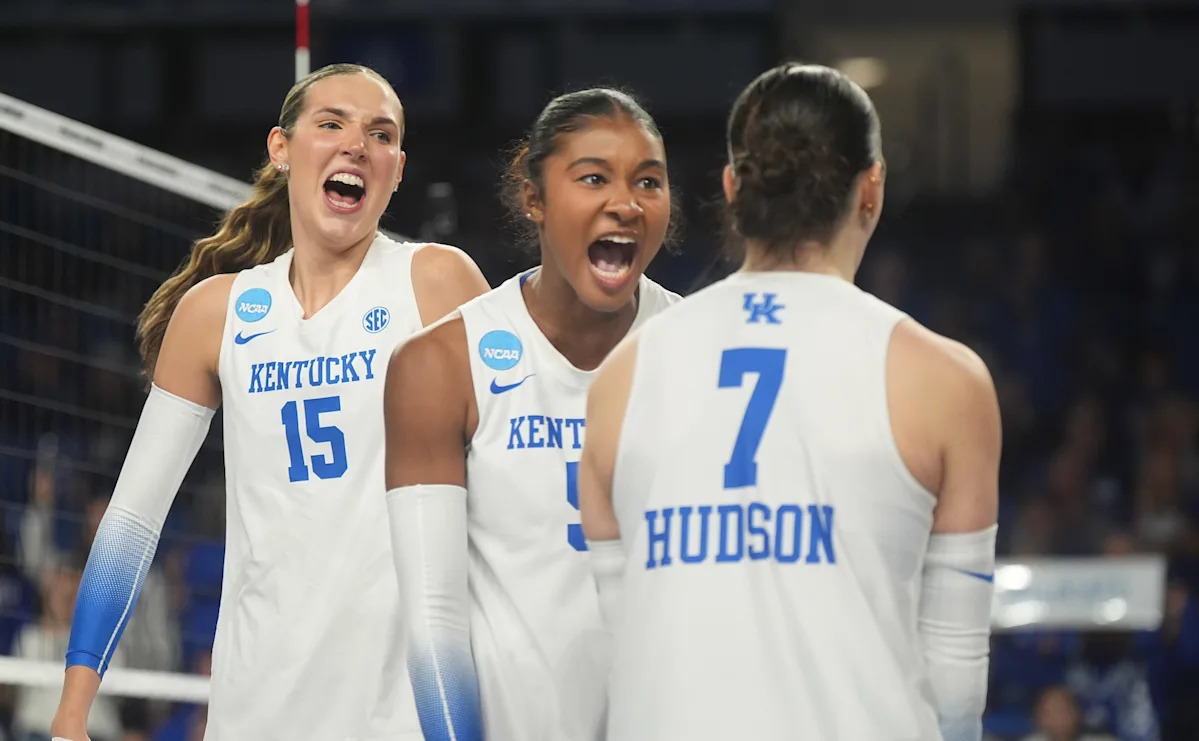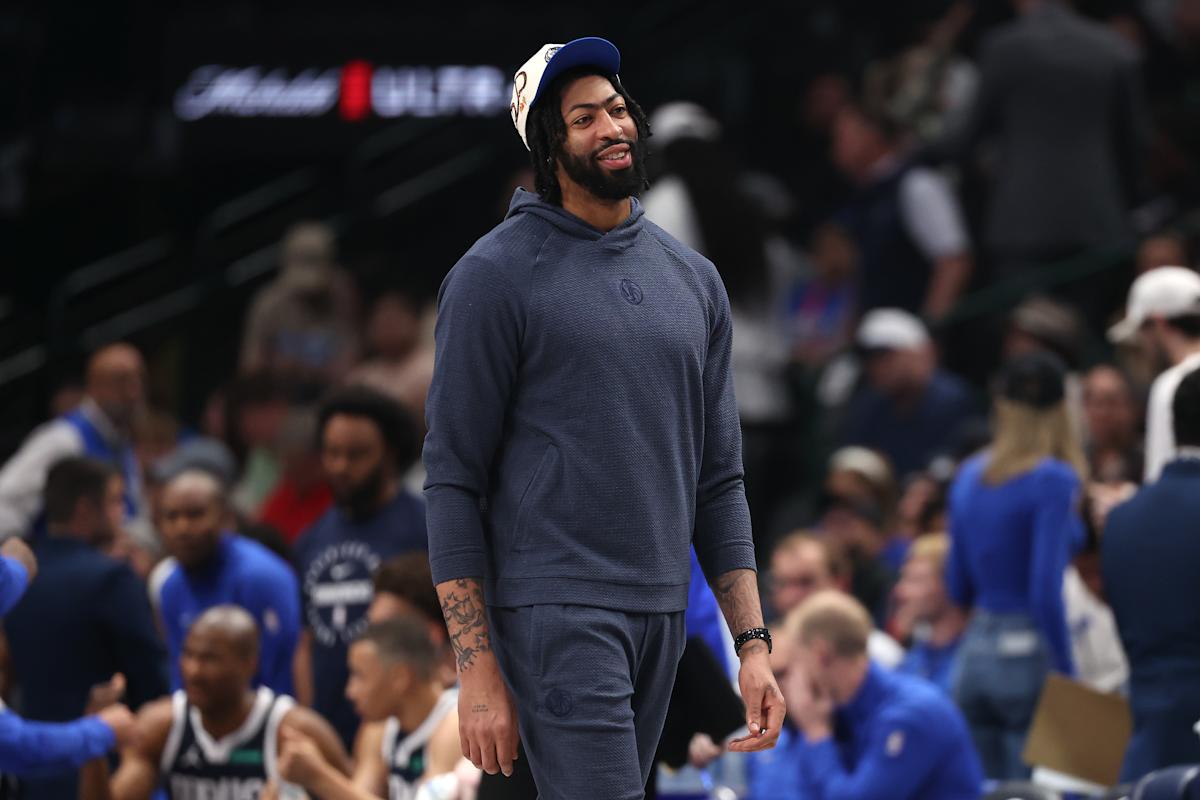Four years ago, the century-old model for college sports was turned on its head. College athletes began earning name, image and likeness money in 2021. It didn’t take long for boosters to exploit a loophole and weaponize NIL deals as a means to entice recruits and transfers.
NIL collectives sprang up to manage the competitive field. Schools initially shunned them, but soon realized they had no choice but to embrace them.
As of last week, those same schools are now at war with those collectives.
Empowered by the game-changing House settlement, schools are mounting a grand last stand to declare once and for all that collectives can’t claim pay-for-play is a valid business. An entire industry’s business model — itself only a few years old — is now at stake, not to mention hundreds of millions in contracted payouts to athletes.
The House settlement resolved a five-year-old antitrust dispute between former athletes denied the opportunity to earn NIL money against the NCAA and Power 5 conferences. In agreeing to allow schools to directly pay their athletes up to $20.5 million a year, the defendants gained the authority to implement a new enforcement arm with the authority to approve or deny NIL deals from outside parties.
Today the College Sports Commission issued additional guidance to schools about the definition of “valid business purpose” and the importance of sharing information about entities involved in third-party NIL deals. More information is available here: https://t.co/im58PGJiFL
— College Sports Commission (@theCSCommission) July 10, 2025
Last Thursday, that newly formed entity, the College Sports Commission, issued guidance regarding the NIL Go clearinghouse, which must approve any outside NIL transaction of more than $600. It’s been well known for more than a year that the clearinghouse would determine whether a collective’s payment to an athlete for, say, an autograph signing, fell within an approved “range of compensation.”
But this language went beyond that. It declared that collectives themselves do not meet a “valid business purpose,” and thus can expect their deals for athletes to appear at a golf tournament or promote their merchandise will not be approved.
“Collectives in the form they’ve been going for the last three years, paying athletes directly with donor contributions, is going to be a thing of the past,” said Utah athletic director Mark Harlan. “’True’ NIL is still being allowed, but just like in pro sports, where there is a hard (salary) cap.”
Maybe this is just me, but has this group been under a rock? Makes me appreciate the team at the Crimson Collective who knew that after the settlement agreement, the game charged. True NIL….not that hard https://t.co/jI2pZIuTgp
— Mark Harlan (@MarkHarlan_AD) July 10, 2025
“All of their (athletes’) deals are getting shut down by NIL Go,” said a leader in the collective space. “Even deals of $5,000 or less.”
Administrators like Harlan see the House settlement as an opportunity to wrest back control from the boosters and agents that have increasingly dictated the state of their rosters. That’s why the Power 5 conferences (before the Pac-12 was gutted) created CSC and NIL Go. Some schools have already either shut down their collective (Georgia, Colorado) or folded it into the athletic department (Ohio State, Texas Tech).
But the collectives still standing don’t share Harlan’s outlook. The head of a Big 12 collective said he convinced his school’s athletic director they should keep operating their collective independently.
“Circumventing the cap is not going away,” he said.
Collectives have been bracing for NIL Go for some time — many paid their athletes’ 2025-26 contracts up front before July 1 to avoid the clearinghouse. According to Opendorse, a platform that processes NIL transactions for much of the industry, collectives’ June payments were up 824 percent from the year before.
Even so, some did not take kindly to the CSC’s blanket decree invalidating their businesses.
“They said the quiet part out loud: We hate collectives and pay-for-play, and our sole purpose is to restrict that money and regain control,” said the head of a major program’s collective. “Now they have provided direct evidence for the lawsuits that will start flying.”
In fact, it took less than 24 hours for the CSC’s memo to raise the ire of some lawyers.
Jeffrey Kessler, the lead plaintiffs’ attorney in the House settlement, wrote a letter to CSC and the NCAA demanding they retract that guidance, saying it violated the terms of the settlement. If not, he said, they will seek relief from the court-appointed Magistrate overseeing the settlement.
“There is nothing in the Settlement Agreement to permit Defendants or the CSC … to decide that it would not be a valid business purpose for a school’s collective to engage in for-profit promotions of goods or services using paid-for student-athlete NIL,” they wrote.
“The CSC’s position that prohibiting collectives from paying athletes for doing nothing more than promoting the collective could be seen as consistent with the goals of the settlement,” said Gabe Feldman, director of the Tulane Sports Law program. “But it could also be seen as unnecessarily restricting the rights of college athletes (and collectives).”
A person briefed on the discussions said the attorneys had been made aware of the language before it went public and did not object at the time. “They’re just trying to advocate for their clients,” the person said.
The dispute over what constitutes a “valid business purpose” boils down to one central question. Between the two sides speaks to a broader question that hovers over the entire industry right now: What exactly is, as Harlan calls it, “true NIL?”
In commissioners’ and athletic directors’ eyes, it’s cut-and-dried: Traditional athlete endorsement deals. Caitlin Clark in a State Farm ad. Quinn Ewers in a Dr. Pepper spot. Hundreds of athletes further down the ladder showing off their favorite brand’s energy drink or workout gear on TikTok.
“It’s what we’ve always hoped with NIL, that it wasn’t going to be promised to a kid to come play for a school,” said Harlan.
But that’s exactly what it became. Schools were prevented by NCAA rules from making their own deals, and boosters saw an opening and began pooling their money to license potential athletes’ NIL rights. Eventually, they were doing so for entire rosters.
According to Opendorse, collectives accounted for nearly 82 percent of an estimated $1.675 billion college NIL market in 2024-25 — an enormous pot that athletes will no longer receive if collectives’ deals are invalidated. Revenue-sharing may replace those dollars for some athletes, but certainly not all, including few women’s athletes. Most schools are allocating as much as 90 percent of their $20.5 million to football and men’s basketball.
“There are only a small amount of athletes that have real market value to command real commercial dollars,” said a second collective head. “The vast majority are hurt by (the CSC) guidance. That will not play well in the court of law or the court of public opinion. Especially once these athletes start complaining about their deals being denied even though they were ‘promised’ that compensation.”
But those “promises” are exactly what the CSC is attempting to stamp out.
NCAA enforcement made a short-lived attempt at the dawn of NIL to weed out booster involvement in recruiting, notably targeting Tennessee for its collective’s eight-figure deal to quarterback Nico Iamaleava in 2022.
But in early 2024, that state’s attorney general filed an antitrust suit against the NCAA and successfully secured a preliminary injunction that explicitly allowed athletes to negotiate NIL deals with boosters and collectives. The parties reached a settlement a year later, making that policy permanent.
The CSC represents the conferences, not the NCAA. And its policy does not say those parties can’t negotiate with each other.
They are, however, being told preemptively that the deals they’re negotiating will not be approved. Which sounds to some like the next legal mess.
(Photo: Christian Petersen / Getty Images)
























